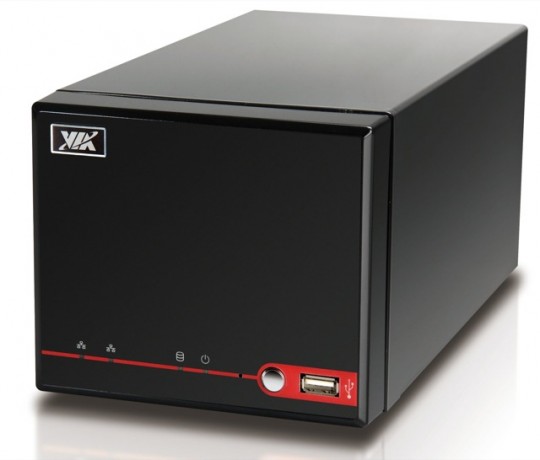Sun employee Constantin Gonzalez Schmitz has post on his technical decisions for a Green OpenSolaris Home server. His requirements for ECC memory and power efficient make sense to have a reliable low power server.
In an earlier entry, I outlined my most important requirements for an optimal OpenSolaris Home Server. It should:
- Run OpenSolaris in order to fully leverage ZFS,
- Support ECC memory, so data is protected at all times,
- Be power-efficient, to help the environment and control costs,
- Use a moderate amount of space and be quiet, for some extra WAF points.
He admits his wife works for AMD, but qualifies his decision for AMD processor based on price, performance, and energy efficiency.
Disclosure: My wife works for AMD, so I may be slightly biased. But I think the following points are still very valid.
…
AMD on the other hand has a number of attractive points for the home server builder:
- AMD consumer CPUs use the same microarchitecture than their professional CPUs (currently, it's the K10 design). They only vary by number of cores, cache size, number of HT channels, TDP and frequency, which are all results of the manufacturing process. All other microarchitecture features are the same. When using an AMD consumer CPU, you essentially get a "smaller brother" of their high end CPUs.
- This means you'll also get a built-in memory-controller that supports ECC.
- This also means less chips to build a system (no Northbridge needed) and thus lower power-consumption.
- AMD has been using the HyperTransport Interconnect for quite a while now. This is a fast, scaleable interconnect technology that has been on the market for quite a while so chipsets are widely available, proven and low-cost.
So it was no suprise that even low-cost AMD motherboards at EUR 60 or below are perfectly capable of supporting ECC memory which gives you an important server feature at economic cost.
My platform conclusion: Due to ECC support, low power consumption and good HyperTransport performance at low cost, AMD is an excellent platform for building a home server.
To keep things small he uses 2.5” drives.
While looking for alternatives, I found a nice solution: The Scythe Slot Rafter fits into an unused PCI slot (taking up the breadth of two) and provides space for mounting four 2.5" disks at just EUR 5. These disks are cheap, good enough and I had an unused one lying around anyway, so that was a perfect solution for me.
And, being concerned about reliability adds a 2nd NIC.
Extra NIC: The Asus M3A78-CM comes with a Realtek NIC and some people complained about driver issues with OpenSolaris. So I followed the advice on the aforementioned Email thread and bought an Intel NIC which is well supported, just in case.
Constantin was able to achieve a 45W idle power consumption.
The Result
And now for the most important part: How much power does the system consume? I did some testing with one boot disk and 4GB of ECC RAM and measured about 45W idle. While stressing CPU cores, RAM and the disk with multiple instances of sysbench, I could not get the system to consume more than 80W. All in all, I'm very pleased with the numbers, which are about half of what my old system used to consume. I didn't do any detailed performance tests yet, but I can say that the system feels very responsive and compile runs just rush along the screen. CPU temperature won't go beyond the low 50Cs on a hot day, despite using the lowest fan speed, so cooling seems to work well, too.
It will be interesting to see what follow up posts Constantin writes.


